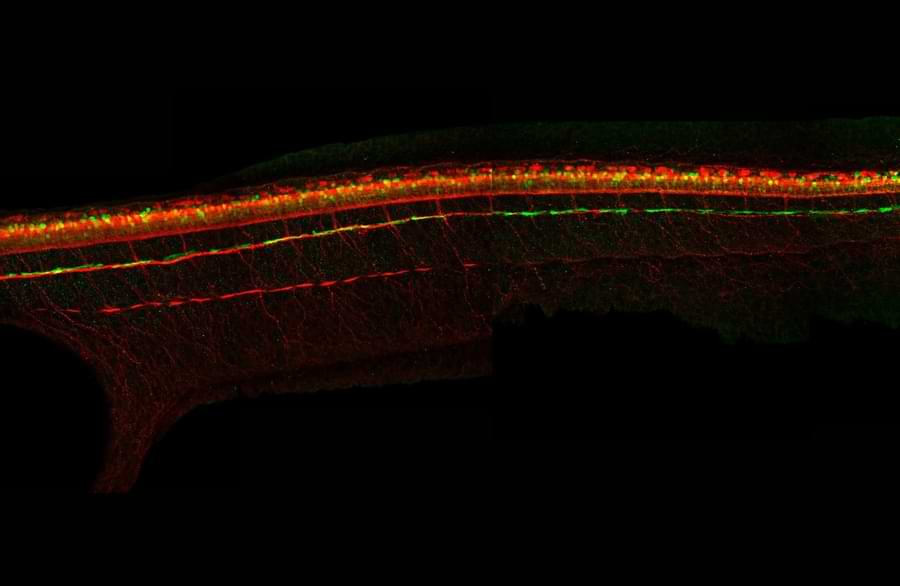
Treatment of spinal cord injury
Therapy for spinal cord injury: the elimination of senescent cells improves recovery and healing after spinal cord injury in mammals.
BACKGROUND
According to WHO: every year, around the world, between 250 000 and 500 000 people suffer a spinal cord injury; males are most at risk in young adulthood (20-29 years) and older age (70+); females are most at risk in adolescence (15-19) and older age (60+); studies report male-to-female ratios of at least 2:1 among adults, sometimes much higher.
Spinal cord injury in humans has severe and often irreversible consequences, with symptoms that can vary from pain to paralysis depending on the intensity and level of the lesion. Besides impairing sensation and voluntary movement, a spinal cord (SC) injury interrupts the autonomic nervous system and induces dysfunction or failure in multiple organs because of the critical role in coordinating body functions. Complications following SC injury can occur in the nervous system (neurogenic pain and depression), lungs (pulmonary edema and respiratory failure), cardiovascular system (orthostatic hypotension and autonomic dysreflexia), spleen (splenic atrophy and leukopenia), urinary system (neurogenic bladder, kidney damage, and urinary tract infection), skeletal muscle (muscle spasticity and atrophy), bone and soft tissue (osteoporosis and heterotopic ossification), and skin (pressure sores) and include sexual dysfunction, hepatic pathology, neurogenic bowel dysfunction, syringomyelia, and increased susceptibility to infection. Therefore, therapeutic interventions that ameliorate post SC injury complications may be as important for prolonging life expectancy and improving life quality as those interventions that promote neuro-regeneration and motor function recovery.
While significant effort has been put into finding efficient therapies, spinal cord injury continues to have a deep impact on patient’s life and substantial costs for society. The existing options for the treatment of spinal cord injuries in humans rely on hemodynamic stabilization, surgical vertebral realignment and decompression of the spinal cord later complemented by physical therapy. Nonetheless, the best medical care available has met very limited success in providing severely afflicted patients with good neurological and functional recovery. Currently, there is no cure for spinal cord injury.
TECHNOLOGY OVERVIEW
The zebrafish can regenerate its spinal cord and regain swimming capacity after a severe injury. Mammals, like humans and mice, never recover their motor capacity after a spinal cord injury. Senescent cells are induced after SC injury in both zebrafish and mice. Yet, while induced-senescent cells in the zebrafish SC are progressively cleared out, in mice these cells increase overtime. In a moderate to severe SC injury mouse model, the elimination of senescent cells using a senolytic drug improves: locomotor function, as accessed using open field and horizontal ladder tests; sensory function, as accessed with incremental thermal plate test; and autonomic recovery, namely bladder voiding capacity and liver lipidosis control. The functional recovery seen when senescent cells are eliminated is due to an increase in myelin preservation and to a reduction in pericytes recruitment and therefore a smaller fibrotic scar at the injury site. This opens the possibility of using, either alone or in combination, senolytic drugs for spinal cord injury indication.
STAGE OF DEVELOPMENT
TRL 3 – Proof of concept.
BENEFITS
Spinal cord injury is a clinical unmeet need. Combined therapeutic approaches are needed even if they just allow for small motor and sensory improvements. With the use of senolytic drugs or other approaches to eliminate senescent cells, there is a motor and sensory improvement following an injury of the spinal cord.
APPLICATIONS
Treatment of spinal cord injury.
OPPORTUNITY
The NOVA team is seeking co-development partners to support:
- Screening of molecules targeting senescent cells in spinal cord;
- ADMET assays in animal models;
- Compound optimisation.
The technology is also available for exclusive/non-exclusive licensing opportunities.
INTELLECTUAL PROPERTY
- Patent application submitted (WO2021052962).
SEEKING
- Licensing;
- Development partner.
NOVA Inventors
António Jacinto
Maria Leonor Saúde


